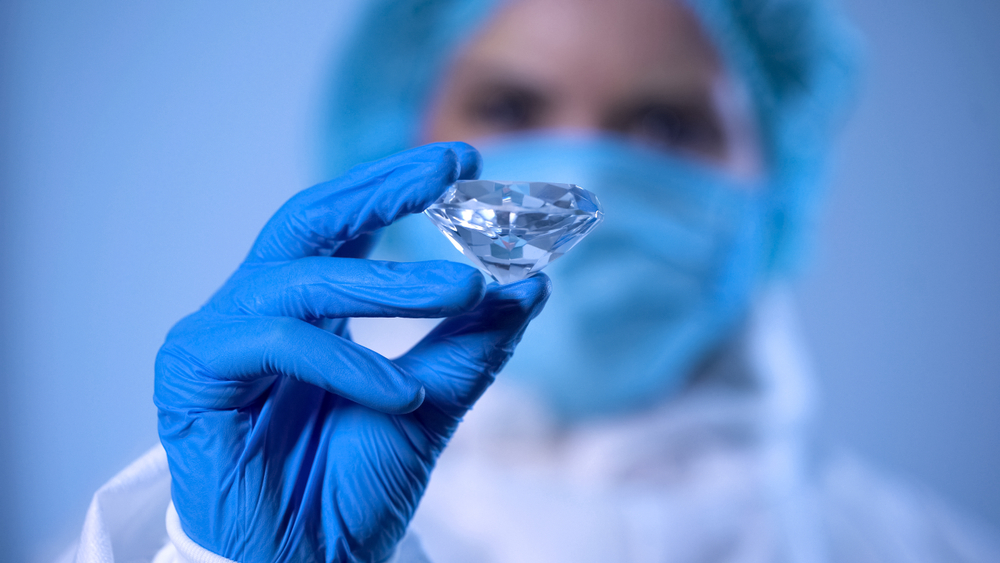
In recent years, the diamond industry has faced growing concerns over its environmental impact, particularly regarding wildlife conservation. The extraction of diamonds often involves extensive mining operations, which can result in habitat destruction and the displacement of various species. However, as technology advances, an alternative solution has emerged—artificial diamonds. These lab-grown gems, produced through a controlled process, offer the potential to reduce the environmental footprint associated with traditional diamond mining. This article explores whether dependence on artificial diamonds can indeed help minimize the impact of diamond mining on wildlife.
The Environmental Toll Of Diamond Mining
Diamond mining has historically had a detrimental effect on wildlife and their habitats. Large-scale mining operations can lead to the clearance of vast areas of land, causing habitat fragmentation and loss. These activities can disrupt ecosystems, displace wildlife populations, and even push endangered species to the brink of extinction. Additionally, mining processes often require the use of heavy machinery, resulting in noise pollution and further disturbance to local fauna.
Reducing Habitat Destruction And Displacement
One of the primary benefits of artificial diamonds is the elimination of the need for extensive mining operations. Without the requirement for large-scale land clearance, artificial diamond production significantly reduces habitat destruction and fragmentation. This reduction can help protect valuable ecosystems and safeguard the habitats of wildlife populations, preventing further displacement and endangerment of species.
Minimizing Noise Pollution And Disturbance
Unlike traditional mining methods, artificial diamond production does not involve heavy machinery or blasting activities. As a result, the noise pollution typically associated with mining operations is significantly reduced. This decrease in noise disturbance benefits wildlife by minimizing stress levels and allowing for more peaceful coexistence with their natural environment.
The Potential For Wildlife Conservation
By reducing the impact of diamond mining on wildlife habitats, the dependence on artificial diamonds has the potential to contribute to wildlife conservation efforts. With fewer disruptions to ecosystems, wildlife populations can thrive and maintain their delicate balance within the environment. Moreover, the availability of artificial diamonds provides consumers with a sustainable alternative to mined diamonds, encouraging responsible purchasing decisions and potentially decreasing the demand for environmentally harmful practices.
The Road Ahead
While the shift towards artificial diamonds shows promise for minimizing the impact of diamond mining on wildlife, it is important to acknowledge that it is not a complete solution. The production of lab-grown diamonds still requires energy and resources, although to a lesser extent than traditional mining. Additionally, the widespread adoption and acceptance of artificial diamonds as a mainstream choice will take time.
